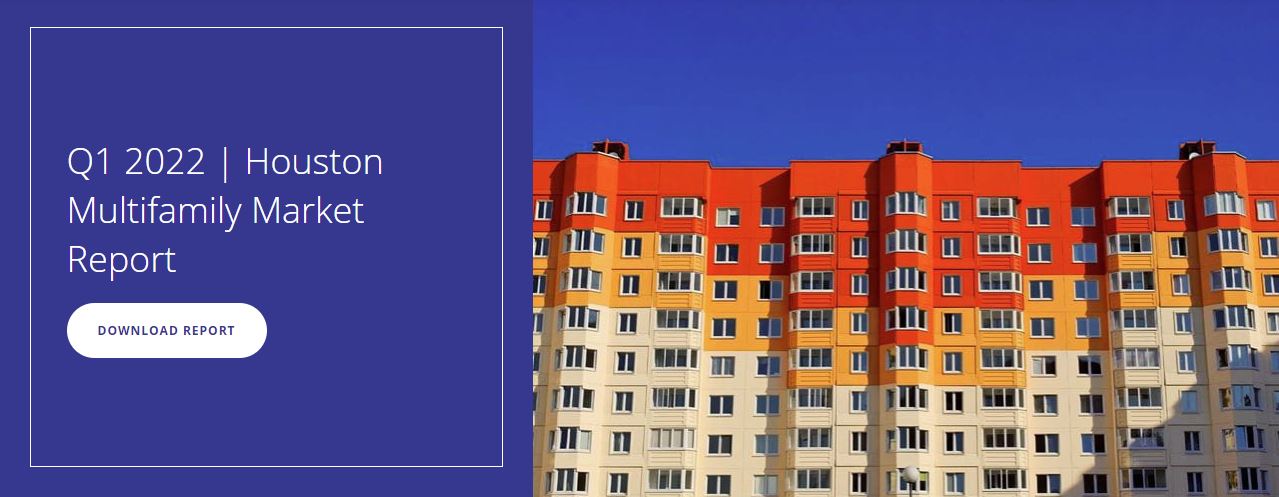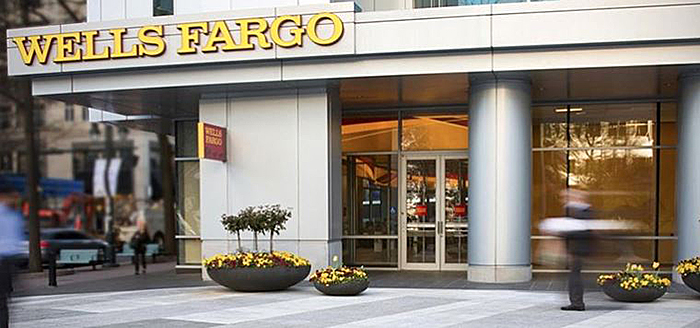But opportunities are available across various sectors.
Everyone is feeling the pinch of the supply chain disruption, whether they are walking by empty store shelves or waiting weeks for a part in a much-needed auto repair. For commercial real estate professionals, that supply chain disruption is creating both challenges and opportunities.
The big question is just how long supply chain disruptions will last — and views from experts are mixed, with estimates ranging from 12 months to more than three years. Although the cargo ships stacked up outside the ports of Los Angeles and Long Beach have become symbolic of the supply chain crisis, problems with the movement of goods go beyond a single bottleneck. “We have had structural things that were happening before COVID-19 that were heading us toward supply chain disruption,” says K.C. Conway, CCIM, MAI, CRE, chief economist of the CCIM Institute and principal and co-founder of Red Shoe Economics.
The pandemic also highlighted the dependence the U.S. has on imports from Asia and the dominant role China plays in the global world of manufacturing. “When China shut down, effectively because of COVID-19, that was the traffic accident on the 405 that backed everything up,” says Richard Thompson, international director, Supply Chain & Logistics Solutions, Americas at JLL. Even after they cleared the wreckage and started to reopen, there was a bullwhip effect on the rest of the world, he adds, as demand disruptions traveled throughout the supply chain, from end-user to manufacturer. Global supply chains are still dealing with the enormous ripple effects, including large queues of ships at the ports. Click to read more at www.ccim.com.










